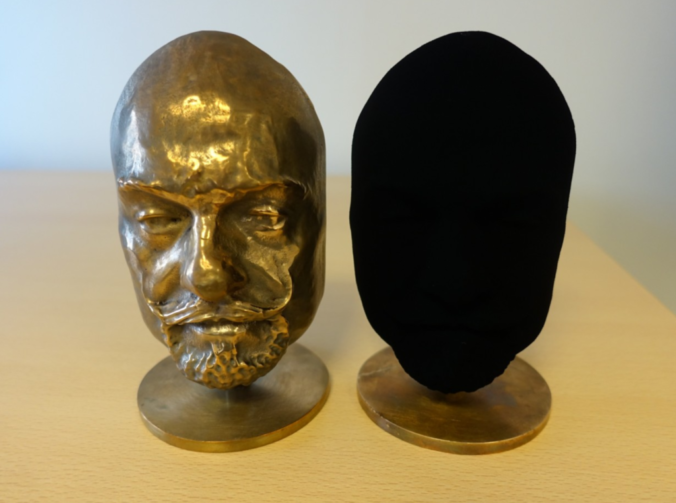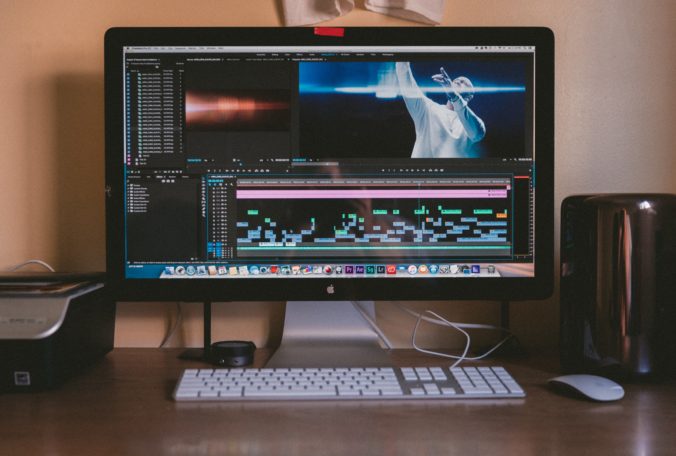I’ll admit that I don’t really know that much about copyright and how it works. Usually, I look for media that has clear rules around how you’re allowed to use it. I get music from places with creative commons licences and I make sure to follow the posted rules about crediting. I get images from Unsplash where they are clear about how their images can be used. I think that there could probably whole courses about how copyright works and how to make sure that you are using everything correctly. I will say that my favourite story about copyright is something that happened between two artists, Anish Kapoor and Stuart Semple.
It all started with a pigment called Vantablack. Nothing in the world is darker than Vantablack which was initially made by an English company, Surrey Nanosystems, for specialized use in aerospace and optics projects. It is made with special nanotubes that mean it reflects back the tiniest fraction of light and when the human eyes look at it, they see nothing but a void. When artists were made aware of the spraypaint-like version of this pigment many of them contacted the engineering company but ultimately they decided to work with sculptor Anish Kapoor. They signed a contract and Anish Kapoor officially owned the rights to the pigment. As a quick side note, probably know Anish Kapoor’s work even if you don’t know him by name. He is the one who created this infamous Chicago Bean, or Cloud Gate, as it’s actually called.
The art world was, of course, not very happy about this development. People didn’t believe that anyone should have the exclusive rights to a specific material since all kinds of different artists could use it to create all kinds of different pieces of artwork. It also wasn’t as though Kapoor had made this pigment himself. He had purchased it and locked it away. The artist that became a champion of the opposition against Kapoor was an artist called Stuart Semple. Stuart is primarily a painter, younger than Kapoor by 25 years and not as successful, but, he had an advantage that would truly make it possible to pull on over on Kapoor. Stuart had been mixing his own pigments since his university days. In retaliation to Kapoor’s exclusive licencing of Vantablack, Semple decided to release a pink pigment that he had made, called the pinkest pink, to everyone but Kapoor. This included anyone purchasing the pigment with the intent of giving it to Kapoor. Semple would also eventually go on to make a pigment called Black 2.0 that’s not quite to the level of Vantablack but it’s pretty close. That, too, is available to everyone except for one person, Anish Kapoor.
If you want to read more about this whole debacle you can take a look at this article!








Recent Comments